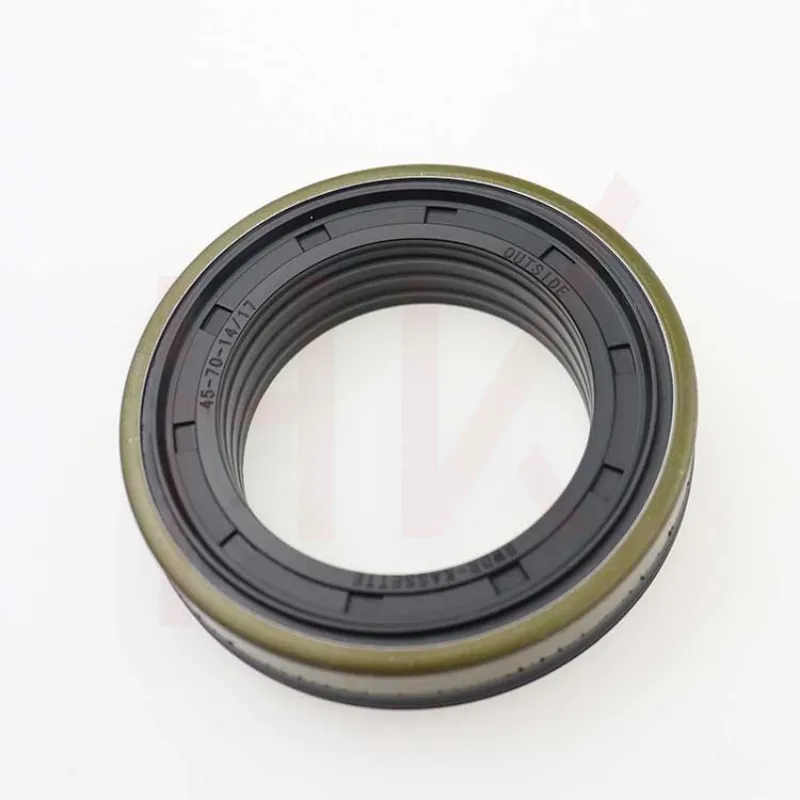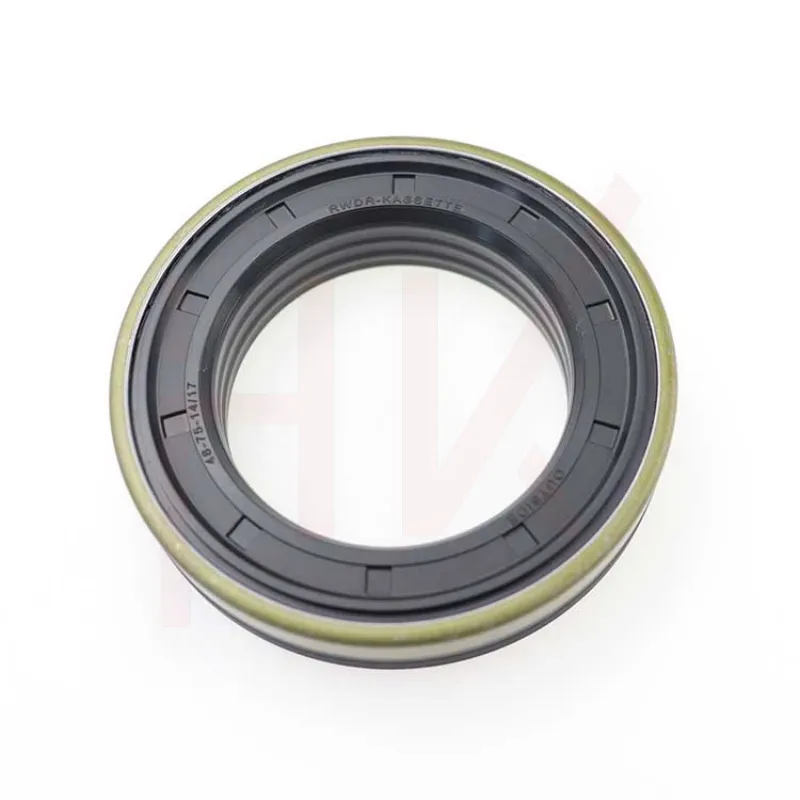Фев . 15, 2025 21:10 Back to list
hydraulic cylinder dust seal


Beyond material and maintenance considerations, design innovations in hydraulic cylinder dust seals have elevated operational efficiencies. Dual-lip seals, for instance, offer enhanced protection by establishing a double barrier against ingress, significantly reducing the likelihood of leaks. Additionally, manufacturers are investing in research to develop smart seals incorporating sensors to monitor wear and performance, predicting potential failures before they occur. This progression not only enhances reliability but also integrates seamlessly with industry trends towards predictive maintenance and smart technologies. In industries where the reliable operation of hydraulic systems is pivotal, reliance on trusted manufacturers and suppliers of hydraulic cylinder dust seals cannot be overstated. Established companies with a comprehensive portfolio and robust aftermarket support offer both assurance and quality. They provide valuable resources, including detailed product specifications, installation guides, and technical support to assist in addressing any issues that may arise. Purchasing from reputable sources also ensures compliance with industry standards and a commitment to continual improvement in line with evolving hydraulic technology advancements. The collaboration between end-users and manufacturers can foster a culture of innovation, leading to the development of more efficient, robust, and durable hydraulic seals. The value of a hydraulic cylinder dust seal is undeniably vast, impacting everything from system efficiency to overall cost management. By prioritizing seal quality, installation accuracy, and proactive maintenance, industries dependent on hydraulic systems can significantly enhance their operational resilience and reliability. As technology and material sciences continue to evolve, so too will the efficacy and application range of hydraulic cylinder dust seals, securing their place as a cornerstone of hydraulic system integrity.
-
The Trans-formative Journey of Wheel Hub Oil Seals
NewsJun.06,2025
-
Graphene-Enhanced Oil Seals: Revolutionizing High-Pressure Oil Sealing
NewsJun.06,2025
-
Future of Hydraulic Sealing: Advanced Intelligent TCN Oil Seals
NewsJun.06,2025
-
Don’t Let a Broken TCV Oil Seal Ruin Your Day
NewsJun.06,2025
-
Bio-Inspired Dust Seals for Better Sealing Performance
NewsJun.06,2025
-
Biodegradable and Sustainable Hydraulic Seal Materials
NewsJun.06,2025
-
Top Oil Seal Solutions for Your Industrial Needs
NewsMay.22,2025
Products categories
















